Content
Application for feeding boric acid for cucumbers
In addition to the main types of fertilizers, boric acid is actively used for many vegetable crops, primarily for cucumbers. This is explained by the need for greenery in boron, which is not sold in its pure form and is not found in nature. Acid is the easiest and most affordable option to feed plants, support their development in any growing season, and significantly increase the yield of cucumbers.
Advice! Boron is often required not only for cucumbers, but also for tomatoes.
What is boric acid
It is a medical product with excellent antiseptic and disinfectant properties. Sold in pharmacies in the form of alcoholic solutions or white powder. It is also available for sale in specialized and hardware stores, not only in pure form, but also as part of complex boron-containing fertilizers.
Boric acid is used in many areas: medicine (externally), industry, everyday life, agriculture, etc.
In gardening and horticulture used:
- for pre-sowing seed treatment;
- fertilizing the soil before planting;
- for root and foliar feeding of plants during the entire growing season.
Important! Boron poses no danger to human health when used externally or for technical purposes. But it can lead to poisoning with uncontrolled ingestion. For children, a dangerous dose is 4 g of powder, so you need to store this substance out of the reach.
Effect on the human body
Boron belongs to the elements necessary for the normal functioning of most processes in the human body, its beneficial effect is multifaceted. But health damage is caused by both its deficiency and excess in the body:
- with its lack, many diseases arise - disruption of the endocrine glands, joint diseases, osteoporosis, urolithiasis, etc.;
- with an excess of boron, symptoms of poisoning appear, the body is dehydrated, organs and muscles atrophy, anemia and other health problems appear.
The daily dose that a person needs is 1-3 mg. Basically, it comes with some types of plant foods (nuts, apples, tomatoes, etc.).
Important! The percentage of boron in properly fed cucumbers does not exceed the permissible norm and does not harm humans - such vegetables serve as an additional source of the required element.
Signs of a boron deficiency in a plant
By stimulating the growth of the plant itself and the formation of fruits, boron is an important mineral that affects the yield of cucumbers. Therefore, at the first signs of boron shortage, it is necessary to take measures to replenish it.
With a lack of boron:
- leaves grow small, yellow spots appear on them;
- unlike a healthy plant, these leaves are faded;
- the mustache is almost completely absent from the main stem;
- little ovaries of cucumbers are formed, while many of them disappear, and those that grow are small, often curved, curved in shape.
Important! The most characteristic sign of a lack of boron in cucumbers is a yellowed border around the edge of the leaves. Top dressing applied on time can save the plant and ensure good yields.
With an excess of boron, the following is observed:
- lemon yellow leaf color;
- necrosis between veins;
- slow growth and development of the plant;
- leaf blades curl down at the edges.
The benefits of boron for cucumbers
Regular, at different stages of development, feeding cucumbers with boric acid:
- allow you to protect the soil and plant from pests and diseases;
- saturate the soil with oxygen;
- strengthen the root system;
- normalize the synthesis of nitrogen in the plant, an important element necessary for it;
- activates the production of chlorophyll, giving leaves and fruits a rich green color;
- have a beneficial effect on the accumulation of useful microelements in cucumbers (calcium, etc.);
- promote an increase in the number of ovaries, the cultivation of healthy fruits of normal size and shape;
- improve the taste of cucumbers.
Boron use
Many who have long been engaged in the cultivation of cucumbers constantly use boric acid for feeding and speak well about the effectiveness of this tool.
Seed treatment before sowing
The full development of a healthy plant begins with seeds. Therefore, it is important to process them even before embedding in the substrate in order to get rid of infections, pests, and enrich them with microelements. There are different options for preparing seeds for sowing.
Method 1:
If boric acid is used after the treatment of seeds with disinfecting substances (potassium permanganate, ash, etc.), then 0.2 g of boric acid is taken per 1 liter of hot water. When it completely dissolves, and the water cools down to normal temperature, in this solution soaked cucumber seeds wrapped in gauze (no more than 12 hours).
Method 2:
You can immediately prepare a complex fertilizer.
- Onion peels are infused in 0.5 liters of hot water for 4 hours.
- A quarter of a glass of ash is poured into 0.5 liters of boiling water.
- Two solutions are poured into one container and diluted with another 1 liter of water.
- Add 1 g of potassium permanganate, 5 g of soda, 0.2 g of boric acid.
- When the solution cools down to normal room temperature, seeds are placed in it for 8 hours.
When growing seedlings
Seedlings of tomatoes and cucumbers intended for growing in open ground or in a greenhouse are sprayed with a solution of boric acid before planting. This allows plants to take root well and quickly in a new place, protects them from diseases.
Root dressing
Watering cucumbers with a boron-containing solution is carried out three times per season:
- when planting seeds or seedlings;
- during flowering;
- during the fruiting period.
This strengthens the root system of cucumbers, makes it easier to endure dry periods or cold spells, and has a positive effect on yield.
At the stage of flowering and fruiting
Boron is needed most of all for the plant during fruit setting and development. Then it is imperative to carry out root and foliar feeding.
Spraying can be carried out only in cloudy (not rainy, otherwise the solution will quickly wash off the leaves) weather, in the morning or in the evening, to avoid burning the leaves.
Types of feeding, how to properly prepare a solution
Boric acid solutions are used in crop production. They must be prepared strictly before use.
Advice! The least boron is in calcareous and sandy soils, so such areas need more fertilization.
Compared to boron-containing fertilizers, boric acid has a higher percentage of this element. In addition, complex fertilizers with its content are salts - for plants that are deficient in boron, the use of such agents is not always effective. For complete plant nutrition, easily assimilated (water-soluble) boron compounds are required.
Important! Lime soils contribute to the formation of boron compounds not assimilated by plants. This must be taken into account when preparing a suitable composition for a particular type of soil.
Solution preparation
For feeding cucumbers and other vegetables, it is important to properly dilute boric acid with water, in the right proportion. Not only a deficiency, but also an overdose of boron can cause harm to the plant. Undissolved crystals of boric acid, when in contact with the plant, cause burns.
Several recipes:
- A bucket of water (10 L) will require 5 g of powder.For better dissolution, it is previously diluted with a small amount of hot water, and then mixed with the rest.
- A good move is to immediately prepare a complex fertilizer. If top dressing is done with boric acid, iodine and ash, then add another 1 teaspoon of iodine, 1 glass of ash.
- The following composition is also used: 5 g of boric acid powder and 2-3 g of potassium permanganate per bucket of water.
The correct use of such a simple and affordable tool as boric acid allows you to grow a rich harvest of cucumbers every season. For this, it is only important to observe the dosage and recommendations for the safe use of this substance.
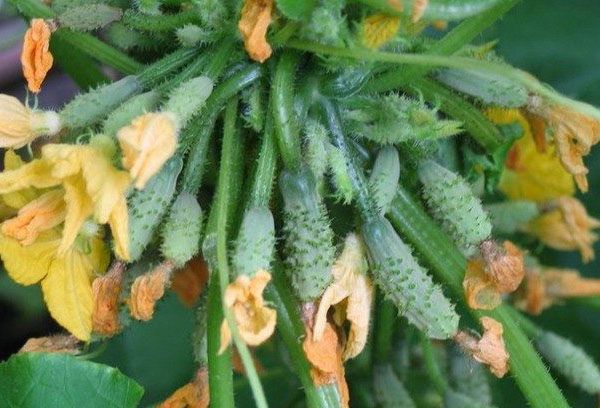
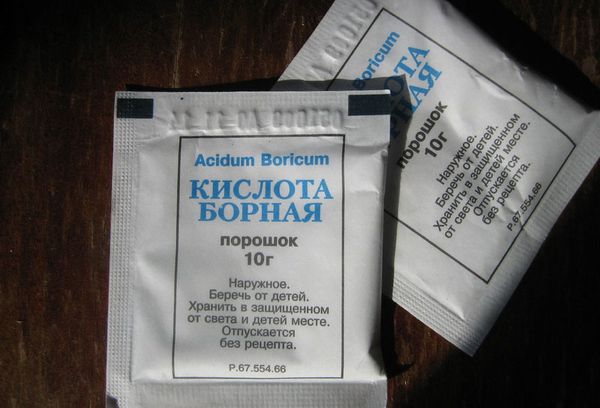
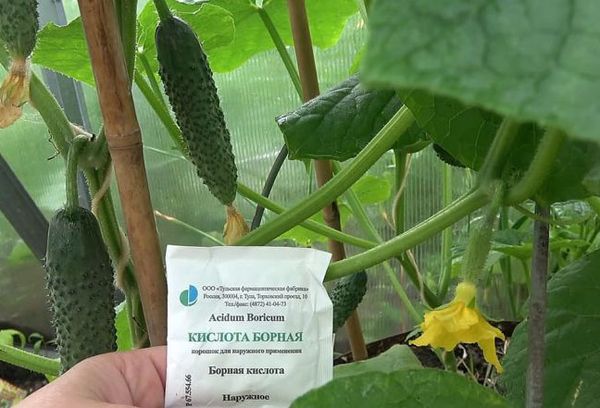
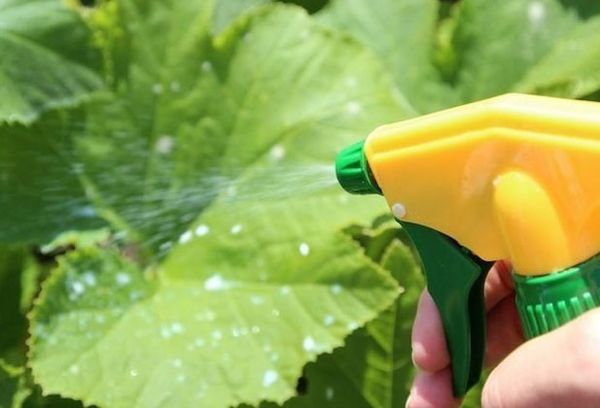
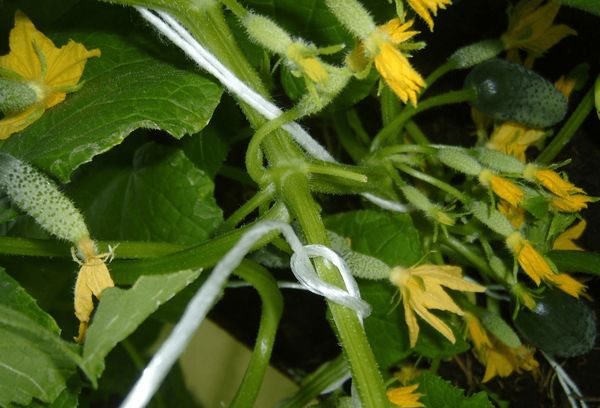
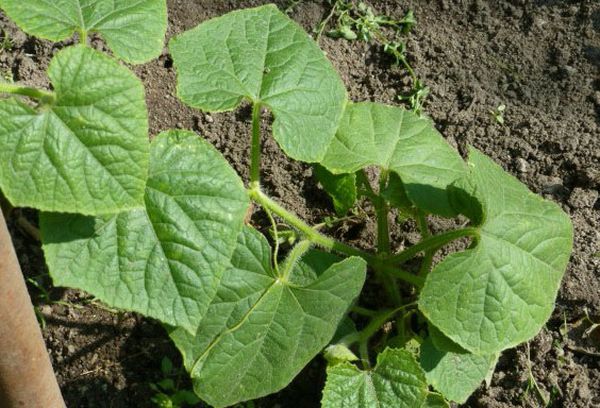
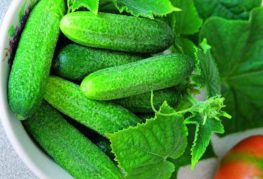
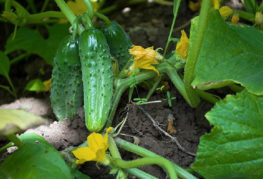
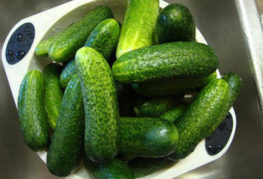
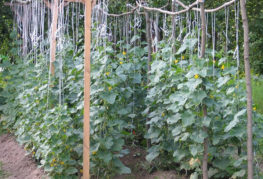

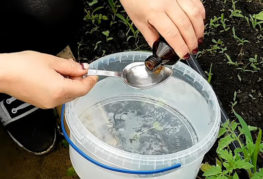
and will be published shortly.